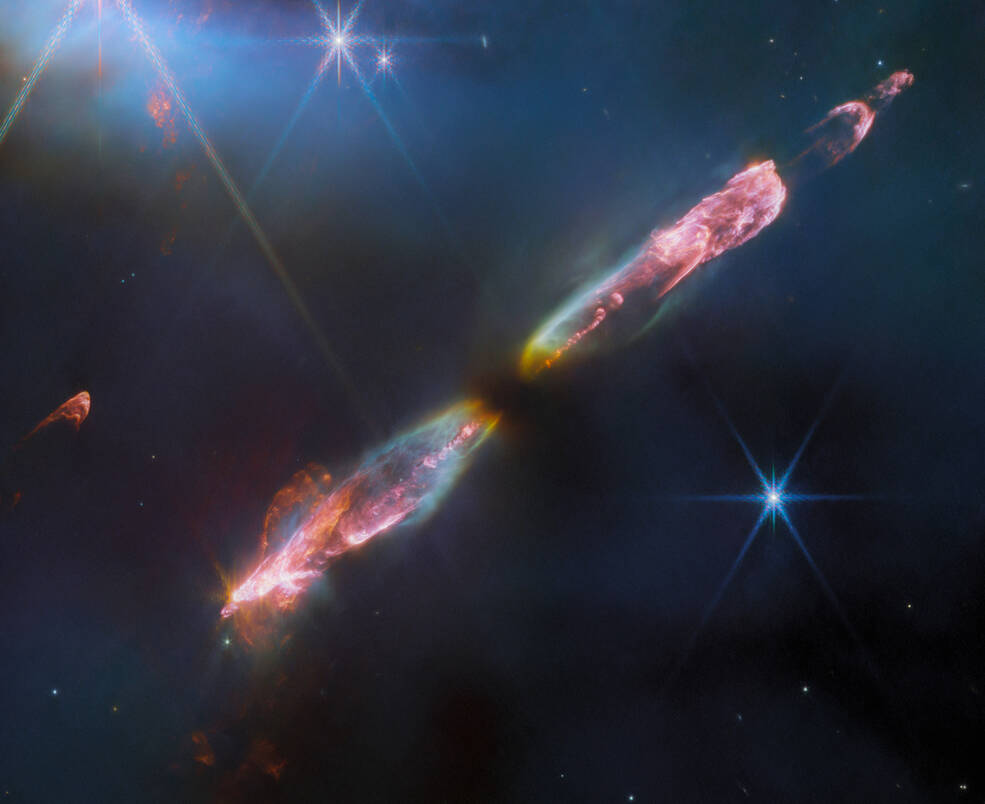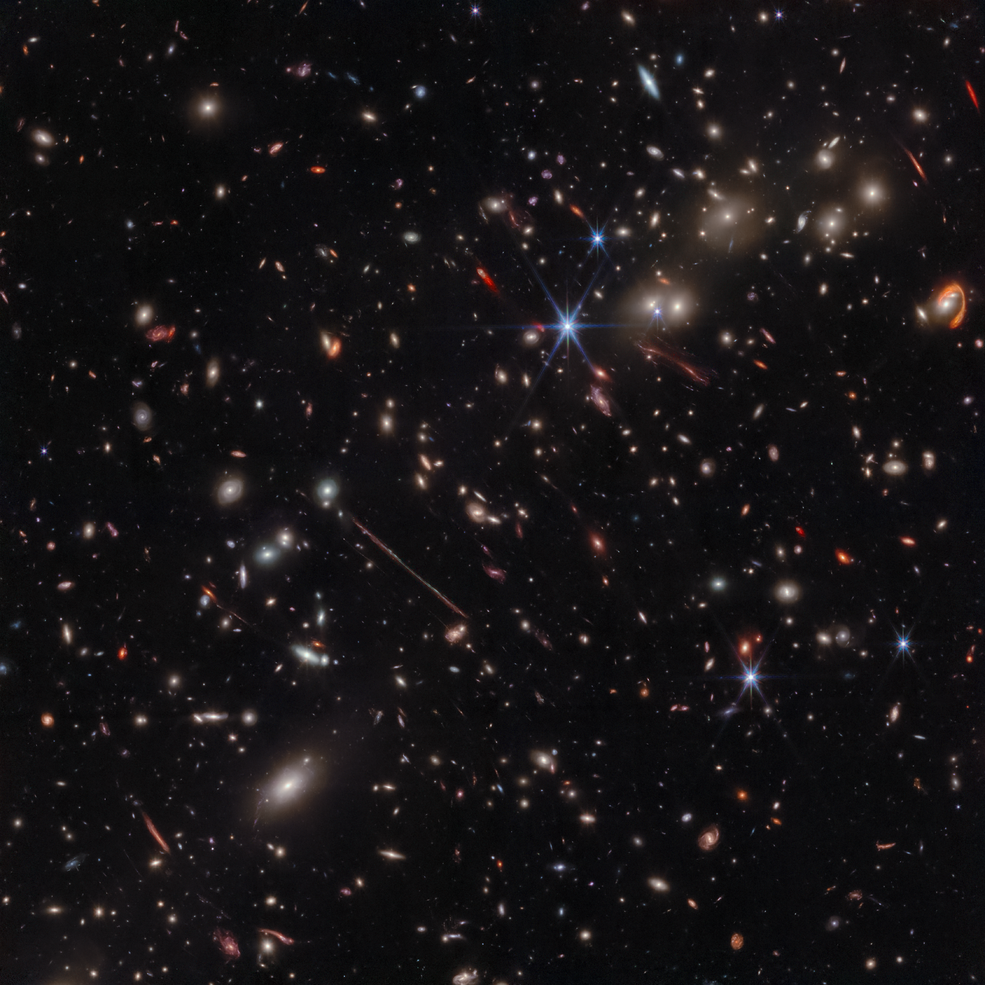I want to dub it "The Riddler Effect".
Hopefully they keep digging and finding even more cool things!
It took 11 billion years for stretched boy's light to reach us. That amount of time staggers me!
Fantastic image!
Seeing stars growing is so cool.
I second Jerboa.
This is total donkey bollocks, and you're not very good at writing a story.
Lionel Richtea
I can't wait for the email chains back and forth that explain what was already explained on email number one.
Then getting a Teams call to explain.
I picked up Divinity Original Sin 2 in the Steam summer sale.
I'm not that far in but I am enjoying it.
If you like D&D, Diablo, Baldur's Gate you'll like this.
Larian Studios who developed Divinity also also developed Baldur's Gate 3.
Some great battles in that race. Very enjoyable.
RIP Alpine
What a load of flam-flim.






Nice spot that!!